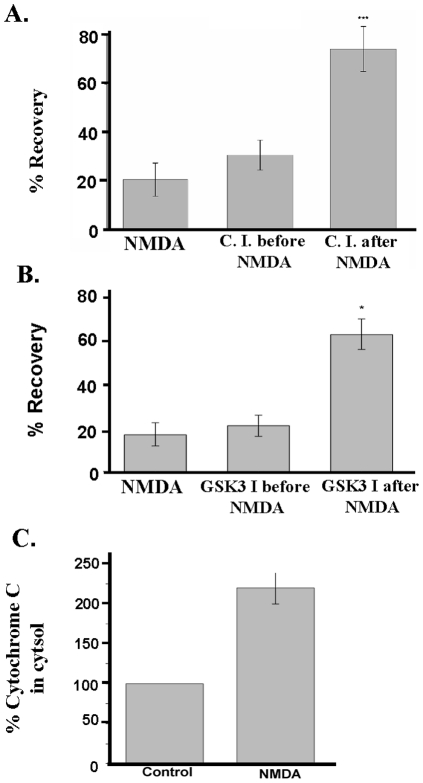Figure 1. Relation of population spike recovery with apoptosis rates.
Initial population spikes (PS) were recorded in stratum pyramidale region of hippocampal slices prior to and following a 10 min application of 0.5 mM NMDA. A) Z-LEHD-FMK, a cell-permeant caspase 9 inhibitor (C.I.), was superfused during 1 h prior to NMDA administration or during 1 h after NMDA. Each lane was superfused for 1 h with ACSF, and the initial PS was recorded from seven slices per lane. For the NMDA lane, the perfusion with ACSF continued for 1 h. Then 0.5 mM NMDA was applied for 10 min; the second lane was superfused with 5 µM of the caspase 9 inhibitor for 1 h after NMDA washout; the third lane was superfused with the inhibitor for 1 h prior to exposure to 0.5 mM NMDA for 10 min. After that, all three lanes were superfused with ACSF for 1 h, and at the end of this time, the final PS was recorded. PS recovery rates (peak areas) obtained in the NMDA alone were compared with those obtained in the presence of 0.5 mM NMDA plus 5 µM Z-LEDH-FMK (C.I.) (n = 21, ***, p<0.001, as analyzed by Student's t-test). B) The same protocol describe above was used for GSK-3 inhibition (GSK I) by 25 µM SB-216763 (n = 21, * p<0.05). C) NMDA-triggered excitotoxicity induces cytochrome c release from mitochondria and is correlated with the decrease of PS areas. Cytochrome c release was measured after 3 hours. The amount of cytochrome c released after NMDA was more than 2 fold greater (220±20%) than detected in control fraction obtained from slices superfused with ACSF (n = 3, p<0.05). (A) to (C): Data are presented as mean values ± standard deviation (S.D.).

